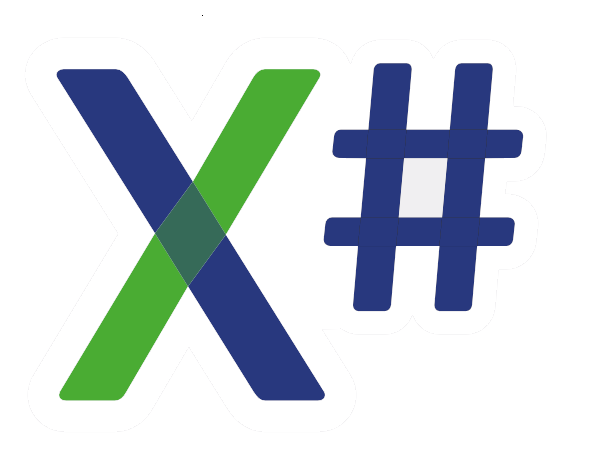Please distinguish between the X# language and the Class libraries.I'm trying to break the VO paradigm really. I'd like to use the "new and improved VO" - X# methods instead. I'd like to ask a user do they really want to "close this window" or "close the app" etc using X# coding.
You have different layers:
- the X# language itself
- the .NET Framework classes
- the #X runtime
- the VO compatibilty classes
- Console and GUI-less applications like Windows services
- the VO compatible GUI classes
- WinForms applications
- WPFapplications
- other GUI class libraries like Xamarin etc.
But you cannot mix GUI choices (or only in a limited mode).
Wolfgang

